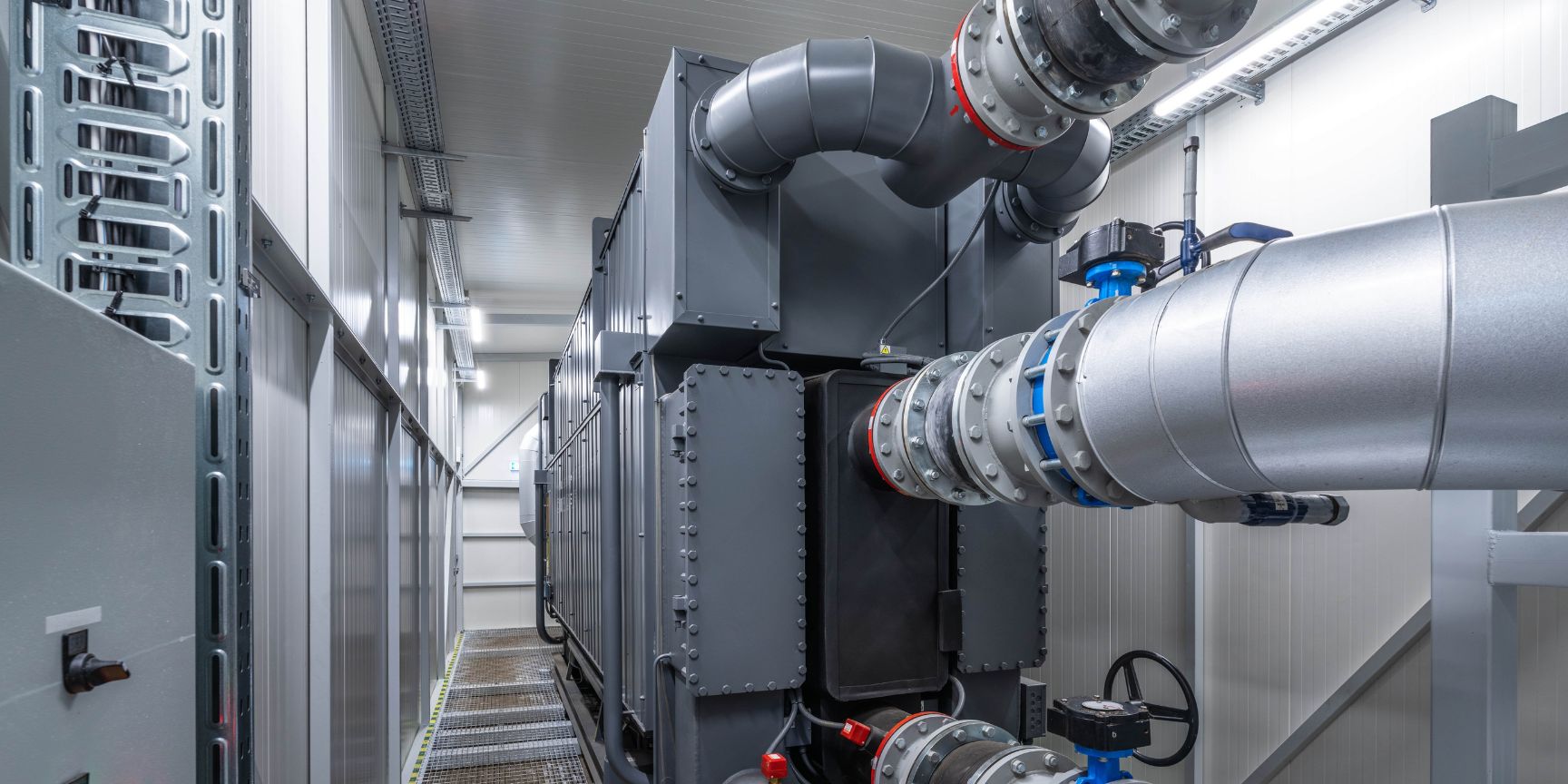
With the increasing demand for energy-efficient systems, government policies to reduce carbon footprints, and the push for clean energy and electrification, industrial heat pumps (IHPs) are rising to prominence as an efficient way to produce heat with lower carbon emissions.
While some other countries have implemented industrial heat pumps at scale, the North American market is still in its infancy. There are key barriers to overcome here before IHPs can be adopted en masse. Utility industrial demand-side management (DSM) programs represent an excellent opportunity to help industry overcome some of the barriers and stimulate the use of IHPs if properly adapted, especially in states with favorable fuel-switching policies, such as Illinois, Colorado and California.
First, utilities can tailor their DSM program education and awareness campaigns to highlight the benefits and potential applications of IHPs. Webinars, newsletters, available resources showcasing the latest technology and applications from around the world can all be a part of this. The Danish Technological Institute is a good example of how resources can be made available to the industrial consumer base. It has a collection of technical information and case studies about heat pump implementation in different industries on the official site. Links to manufacturer sites with relevant case studies can help utility customers understand how this technology can influence and impact their own decarbonization and energy management journeys.
Additionally, to promote the adoption of IHPs, utilities can provide specific incentives and financing options. California’s new Total System Benefit calculation which takes into account peak load reduction and electrification, and ComEd’s new beneficial electrification incentives are examples of new methods that incentivize the use of technologies such as heat pumps.
ComEd’s Emerging Technology program is a great example of a utility taking proactive measures to support adoption of new technologies across their customer-base to meet energy savings and carbon emissions reductions goals. By increasing incentives related to emerging technology that can be scaled, ComEd is using its program to stimulate pilot projects. While this program is not specifically aimed at industrial heat pumps, programs such as these with an industrial heat pump focus would be an excellent vehicle to reduce barriers in North America for IHPs. Another example program is the UK’s ‘Industrial Heat Recovery Support Programme’, which aims to increase industry confidence in identifying and investing in opportunities for heat recovery, including the use of heat pumps.
Working with industrial customers to develop tailored energy management plans that factor in company’s carbon reduction goals can also encourage the use of IHPs. Strategic Energy Management (SEM) is an excellent programmatic design for the delivery of new approaches, like the use of heat pumps in industrial applications. Program implementers working closely with businesses to optimize their energy and carbon intensity, can help identify opportunities for the integration of heat pumps with input from IHP manufacturers.
Workforce training and the regulatory environment are still hurdles to the widespread use of heat pumps in North America. These are barriers that cannot be solved by DSM program design alone. Utilities, program implementers, manufacturers and industry members will all need to work with regulators to ensure favorable policies for the use of IHPs and for workforce training.
Looking overseas we see examples of these efforts. The Heat Pumping Technologies (HPT) TCP by the International Energy Agency (IEA), which encourages research, development, and implementation of heat pumping technologies, including IHPs, and the ‘Heat Pump Professional Skills’ program run by the European Heat Pump Association works to increase workforce readiness.
The shift towards cleaner and more efficient energy technologies like industrial heat pumps presents both challenges and opportunities. By adapting their DSM programs, utilities can stimulate IHP usage, thus promoting energy efficiency and sustainability in the industrial sector. Real-life examples prove the feasibility and effectiveness of these adaptations, paving the way for a widespread adoption of industrial heat pumps and a cleaner industrial future.
Reach out to one of our experts to learn more about the Cascade Energy approach to industrial heat pump integration today!